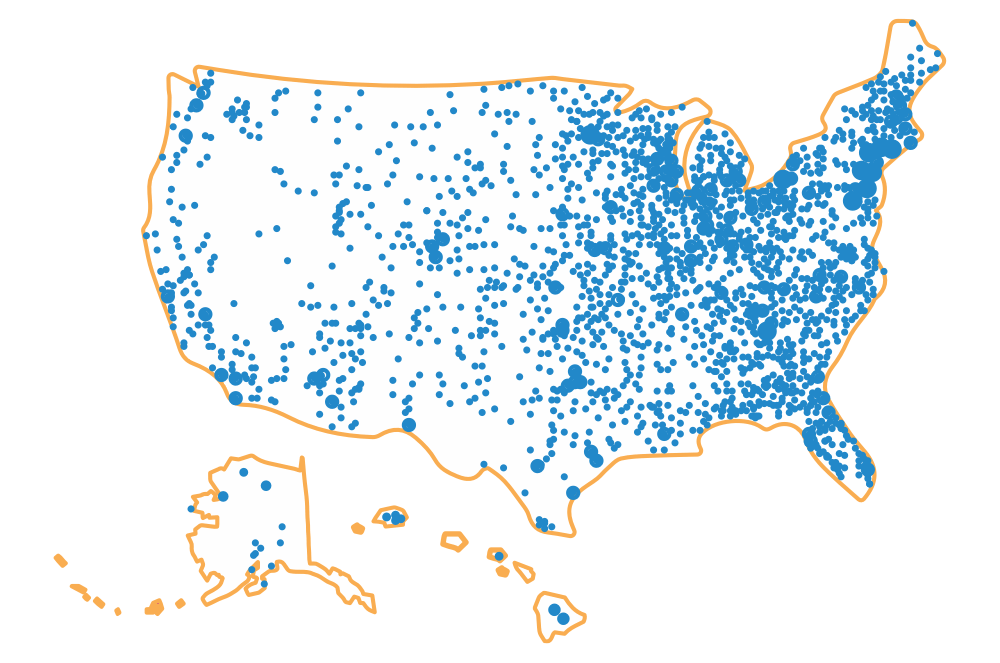Traditionally, the first day of May is National College Decision Day. At this point, most incoming college freshman had to let their chosen higher education institution know of their acceptance. And that makes now a good time to connect with reconnect with the school’s financial aid office if you would like to request additional monetary support. Now that the school knows how many students will be in their incoming freshmen class, there may be unclaimed funds that can be used to increase financial aid packages. And your account with Ohio's 529 Plan, CollegeAdvantage, is made to work with the financial aid you receive.
Financial aid letter
First, you need to fill out the Free Application for Federal Student Aid (FAFSA) around the same time as your student was filling out their college application in order to receive financial aid. The school should have sent you a financial aid letter as well as the acceptance letter.
When review your financial aid letter, it should break down the expected attendance costs with five items to help you to understand you'll have to pay. There are:
- Total cost of attendance
- Grants and scholarships. (sometimes known as gift aid)
- Student loans
- Parent loans
- Estimated net price (or cost) of attendance
It’s this last number that shows attendance at the school will cost. If that number is not readily available, take the total cost of attendance minus grants and scholarships. At this point, do not include loans in the equation. This is how much attending this school will cost your student. Then review your account with Ohio’s 529 Plan, CollegeAdvantage, to see how far your 529 savings will go.
Change in life circumstances
If your family’s circumstances have changed, you can contact the school’s financial aid office to if there is any more aid available now. You can call or send a clear and truthful letter to the office concerning these situational changes in your family’s finances like:
- Changes in income
- High medical expenses
- Private school tuition for a younger sibling
- Costs for elder care
- Death of a parent
- Divorce or separation of the parents
- Natural disasters that impacted the family
Make sure to include any information that the financial aid office needs to process your request for additional aid. The staff will review all the requests, which may be quite numerous. As you wait to hear back from the school, there are other avenues to receive additional monetary support.
Scholarships
Have your child continue to fill in applications for any scholarships whose deadlines haven’t passed. Visit Federal Student Aid, an office of the U.S. Department of Education. This is the federal agency for which you should have filled out the FAFSA to determine how much federal financial aid your student will receive. The agency offer guidance on scholarships, including what other sources to tap for more information, including the free scholarship search tool from the U.S. Department of Labor.
There are many free online scholarship sites to do more research like Sallie Mae and FastWeb. On these sites, your child would create a profile with their academic scores, community service and volunteering, athletic and academic activities and they will be matched with scholarship applications for which they are eligible. FinAid.org also created a list for the more unusual scholarships that are available.
Start a local community college
If you don’t receive the aid package you were hoping for, there is another way to save some money. Your child can choose an admission deferment to their chosen school and instead start their higher education at a community college.
Usually lower in cost than a four-year program, your child can take required core classes at a community college that, in many cases, will transfer to other schools, or explore different courses in their search for their dream profession. Your student can earn an associate degree or use the community college as a stepping stone to a traditional four-year university. And your Ohio 529 account can cover qualified high education expenses required to attend either school.
In addition, funds in Ohio’s 529 Plan can be used to pay for those costs that aren’t covered by the Say Yes Cleveland Scholarships, with which Cleveland Metropolitan School District graduates can pay for college tuition to attend college, university, or accredited training program. With The Columbus Promise, Columbus City School District graduates from the Classes of 2022, 2023, and 2024 can take six semesters of classes for free at Columbus State Community College. They will also receive a $500 scholarship per semester. The savings in an Ohio 529 account can cover the other qualified higher education expenses, like room and board; mandatory fees; computers and related technology; book, supplies, and equipment required to classes.
Visit Ohio’s 529 Plan online to start saving today for your child’s future education. An investment in a 529 plan is an investment in your child where every dollar saved today is a dollar that doesn’t have to be borrowed later. A 529 account can be used for whatever school comes after high school. Learn, plan, and start with as little as $25 with Ohio’s 529 Plan today at CollegeAdvantage.








